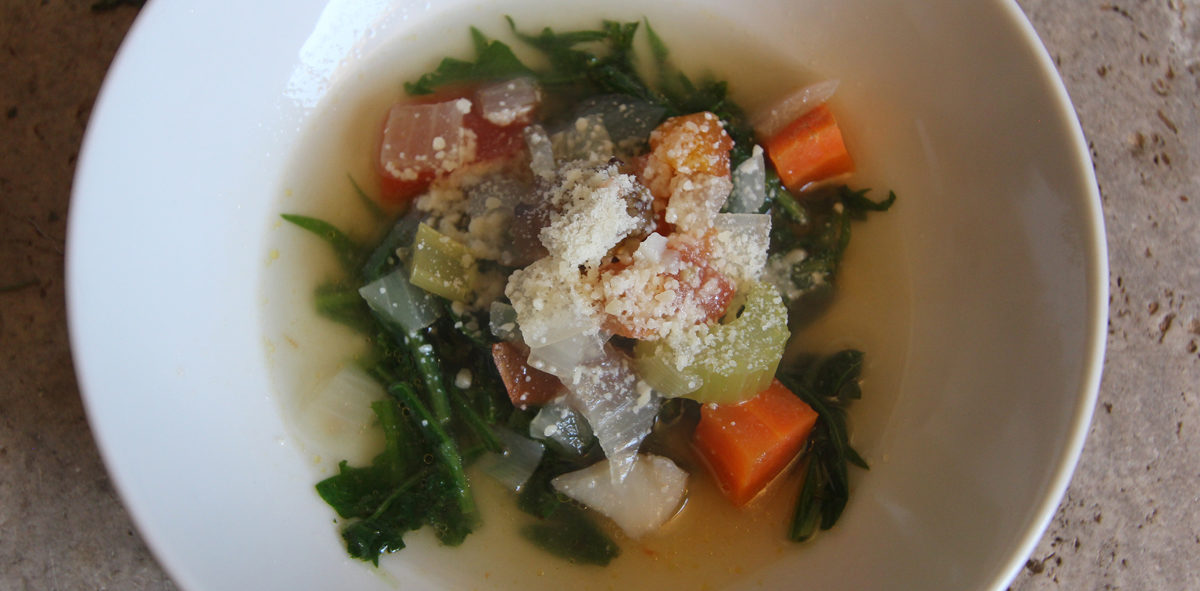
Two years ago I was harvesting great quantities of dandelions greens from my back yard—which is located at 10,000 feet in Colorado’s high country—on April 7. Last year, we pushed our harvest back more than a month to May 22, when finally, after a wet rainy spell, the leaves lifted off the ground in healthy abundance. Now as I stare across the sparkling white expanse deep with record snowfall, I wonder again how long I will have to wait.
But wait I do, eager with anticipation. For finally, after so many years, I have a preparation for spring dandelion greens that I truly adore.
An Italian soup made with bitter greens, vegetables, and sausage, “manest” was a bane of Carol’s childhood existence in suburban Philadelphia—so Italian as to make her feel like an outsider. Why couldn’t her family eat normal food, she wondered? Her grandparents would gather the greens in the field; wash, chop, boil, and drain; and serve them in a light broth with sausage and hard cheese sprinkled on top, as a precursor to the main dish.
How she hated what that manest stood for. And yet, here I am today, chasing Carol down for any details she can pull from her memory.
The proper spelling of manest—menest, menestra, minestra—is up in the air, but it appears to be a predecessor of minestrone, for which pasta and beans are added. I pieced this preparation together with the help of Carol and her mother, as well as a recipe for Dandelions in Vegetable Broth from the website Cooking with Nonna.
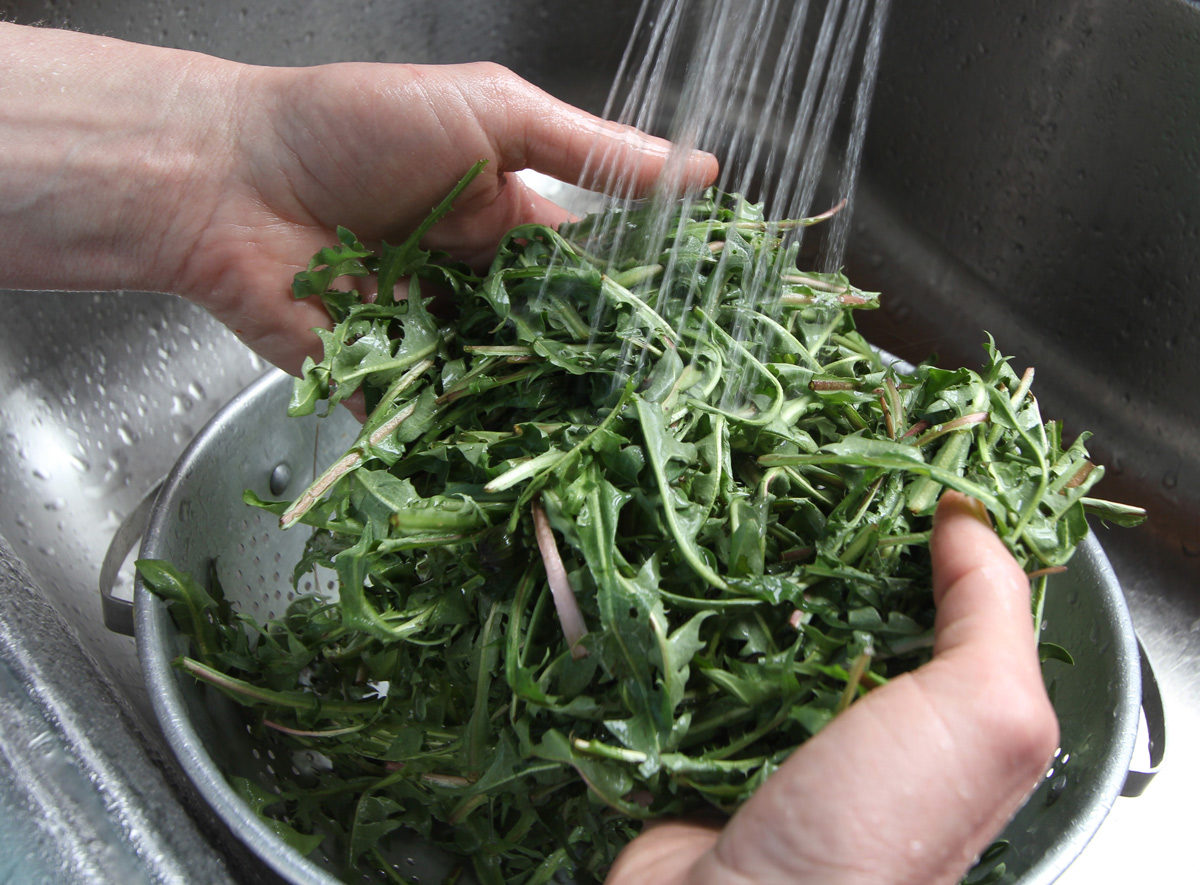
Before you get started you want to gather a good mess of dandelions. Cooking with Nonna recommends 4 lbs. I usually like to have at least two large salad bowls full of fresh-picked dandelion greens to feed 2-3 people, or the same quantity blanched-and-frozen and reconstituted later.
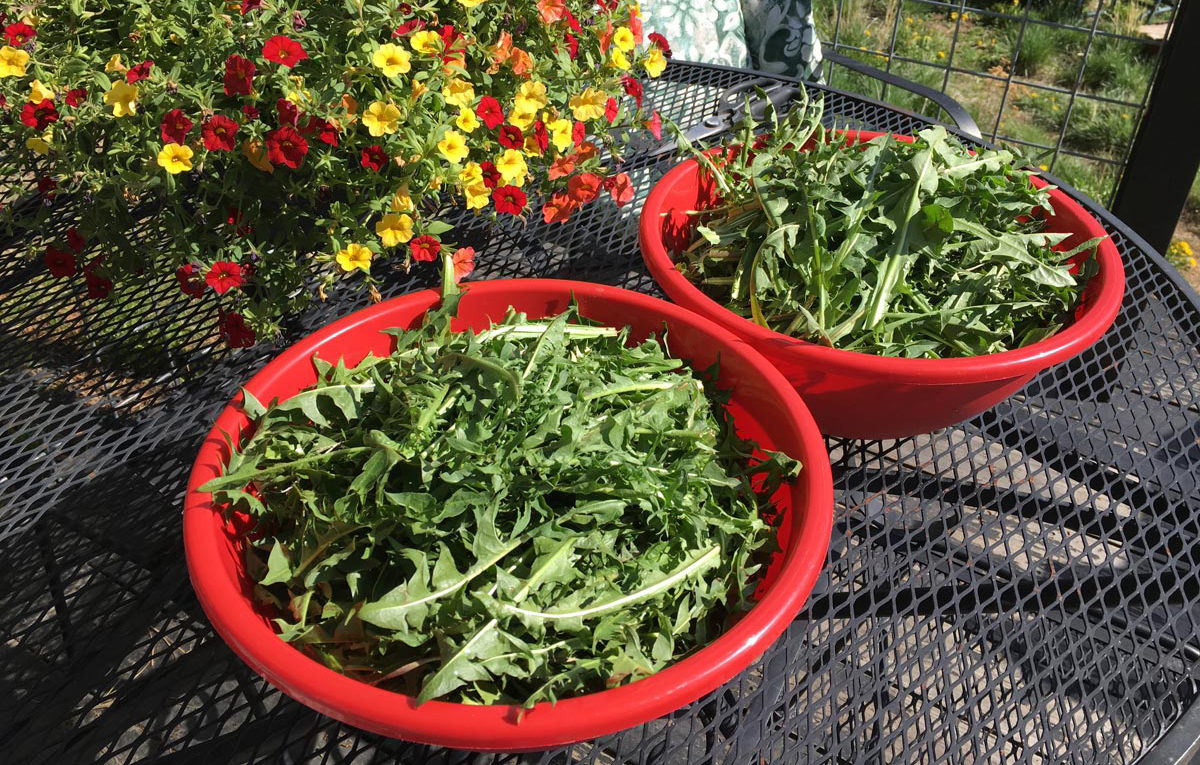
I find the ideal time to gather dandelion greens is after the first warm, wet spell in spring, when the greens lift, robust and healthy, up off the ground, but before they begin to flower in earnest. A few flowers here and there are not a problem. If they end up in the soup, fine. But I do try to take in my harvest before the whole yard turns yellow. It’s best to aim for lifted up, non-sandy dandies to mediate the grit factor.
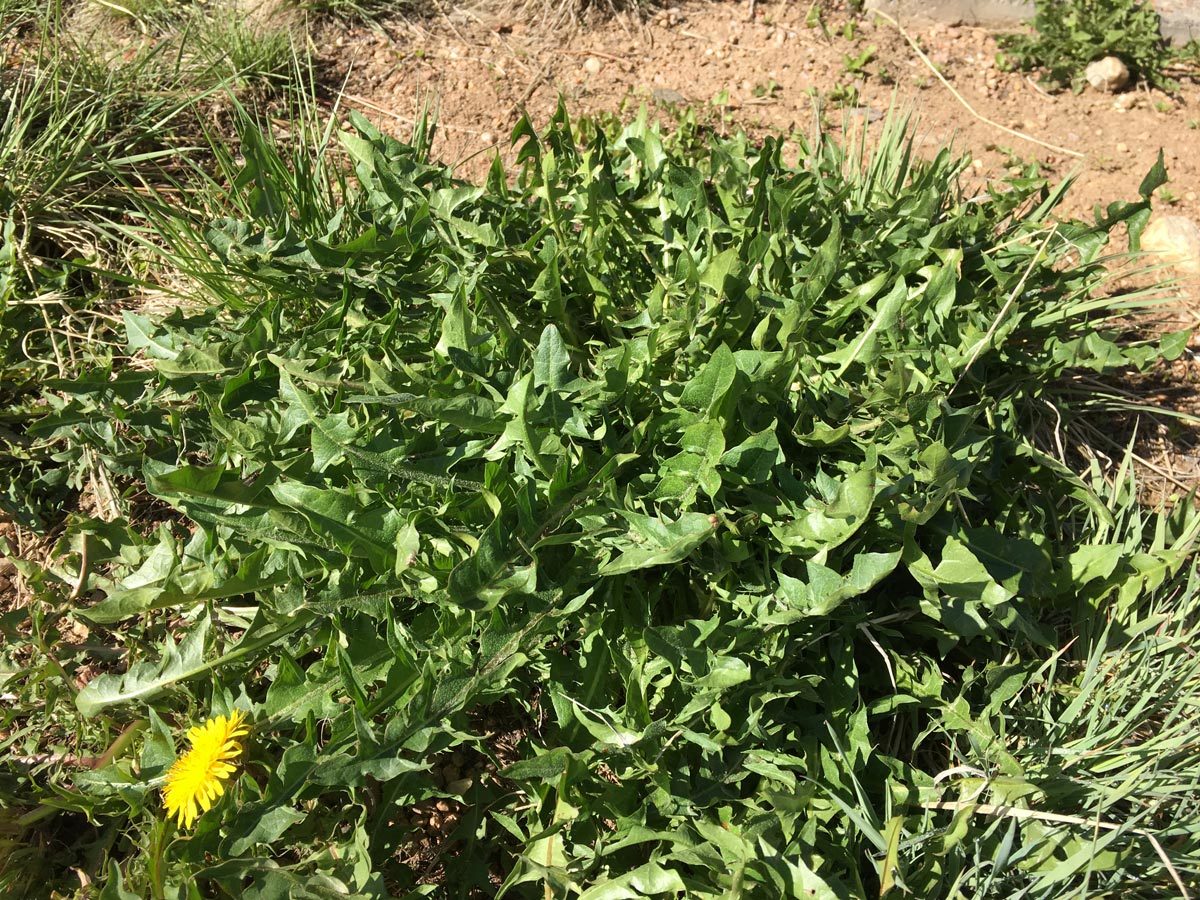
Probably the trickiest part about making this soup is finding a poison-free spot to forage dandelions, since the poor, disparaged, yellow composite is usually subject to lunatic levels of herbicide savagery. But once you find that spot—a yard managed without chemicals, or an organic garden, or a hidden meadow that has escaped attention and therefore management—hopefully you will be able to return there year after year.
Dandelion Manest
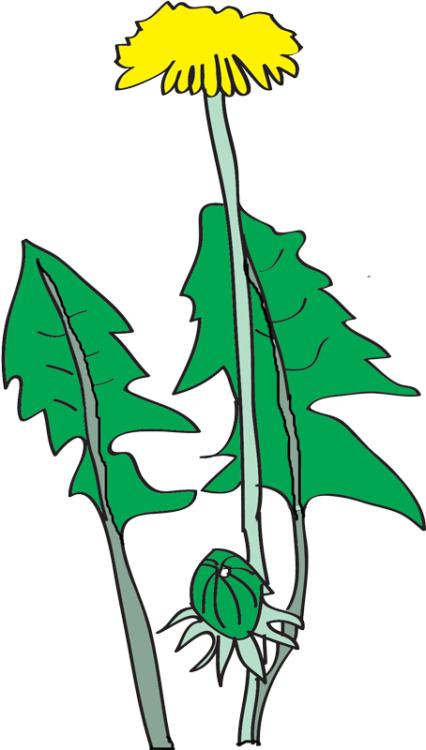
INGREDIENTS
- Carrots
- Onions
- Tomatoes
- Celery
- Potatoes
- Olive oil
- 2 big bowls of dandelion greens
- Italian sausage
- Hard Italian cheese
INSTRUCTIONS
- Cook veggies and broth: For a small batch that feeds two, boil 1 carrot, 1 onion, 1 tomato, 1 celery stalk, and 1 potato chopped up with 1 Tbsp olive oil and water to cover for 30 minutes or until the potatoes are done. You want a tasty broth. If the veggies alone don’t do it, some herbs or bouillon can be added.
- Cook sausage: Open casing and brown sausage.
- Cook a mess of dandelions: Set a big pot of water to boil. Wash and rough-chop dandelion greens. Boil a couple minutes until desired softness.
- Compose manest: Drain and plate a mound of dandelions in a bowl. Add sausage. Pour veggies and broth overtop and serve with a healthy dose of fine-grated Italian cheese. We used a parmesan romano blend; Cooking with Nonna recommends pecorino.
Yes, yes, I hear you—dandelions are bitter. But there’s something about that flavor, balanced by sausage and cheese, that adds a certain brightness, a freshness that evokes the vitality of spring, that leaves me craving more every time. Hopefully you’ll give this soup a try—and especially if you’ve had a bad experience with dandelion greens before, maybe in it you’ll discover a new appreciation for this common, healthful, wild green.
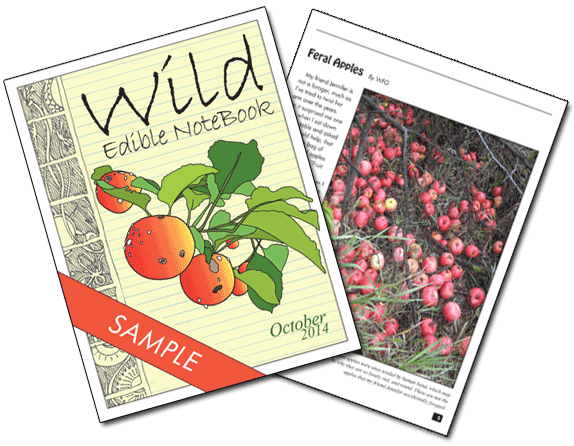
Thanks for this! I made a delicious variation without sausage because I forgot to pick some up, but I love how the dandelion greens are boiled separately–it removes a lot of their bitterness (thereby not allowing it to *leek* into the soup’s overall flavor). I used veggie bouillon to add a little more flavor, and I lightly browned some zucchini half-moons with Italian seasoning which I also layered in the bowl before adding the broth. The parmesan really makes up for any missing salt, so be careful if anyone who’s reading this desires to turn over the salt shaker into the broth.
I’m so glad you like it! I may have to try your version, having gone vegan since writing this post:)
For a great and tasty Vegan try wild mushroom dogs! Homemade or packaged! And speaking of mushrooms consider a lion mane patty if you haven’t yet
Love, Love, Love this recipe. I blanch the dandelion greens in salty water, for a couple of minutes. Then into a cool bath before adding to the soup. The salt water seems to take care of the bitterness.
Thanks for the recipe.
Michael
Oh that’s great! You are most welcome!
Our Italian Nana from the Calabrian region used chicken in her dandelion soup and no potato. It’s interesting to hear about the variations but that dandelion is at the heart of them all.
Thank you for sharing that! I am so interested in these dandelion soups. Did she have a name for it?